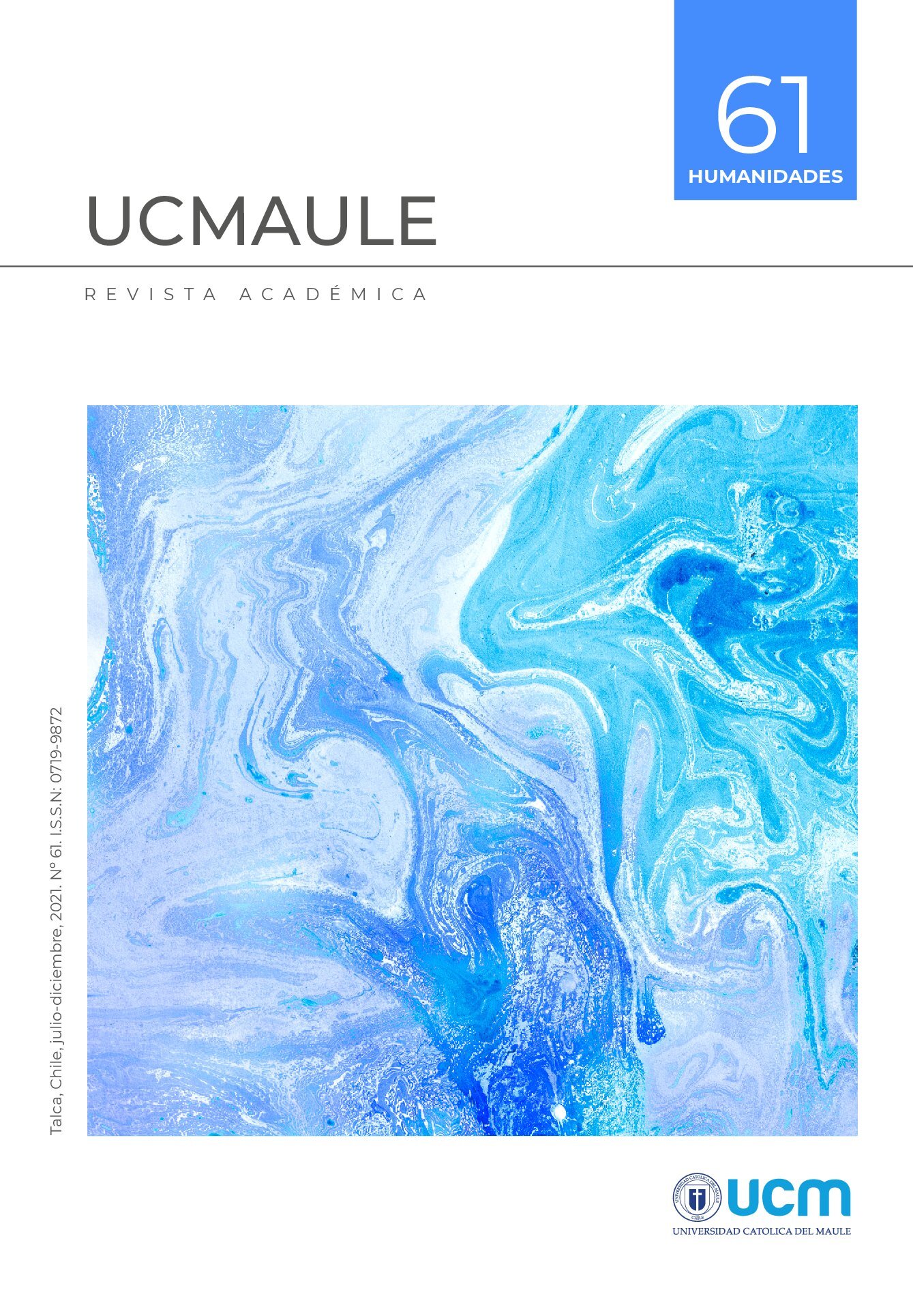##plugins.themes.bootstrap3.article.details##
Amrhein, H. R. & Nassaji, H. (2010). Written corrective feedback: what do students and teachers prefer and why. Canadian Journal of Applied Linguistics, 13(2), 95-127. https://journals.lib.unb.ca/index.php/CJAL/article/view/19886
Beckner, C., Blythe, R., Bybee, J., Christiansen, M. H., Croft, W., Ellis, N. C., Holland, J., Ke, J., Larsen-Freeman, D. & Schoenemann, T. (2009). Language is a complex adaptive system: Position paper. Language Learning, 59, 1–26. https://doi.org/10.1111/j.1467-9922.2009.00533.x
Bitchener, J. (2008). Evidence in support of written corrective feedback. Journal of Second Language Writing, 17, 102-118. https://doi.org/10.1016/j.jslw.2007.11.004
Bitchener, J. (2012). Written corrective feedback for L2 development: Current knowledge and future research. TESOL Quarterly, 46(4), 855-860. http://www.jstor.org/stable/43267894
Burke, D. & Pieterick, J. (2010). Giving students effective written feedback. Open University Press.
Ellis, R. (2009). A typology of written corrective feedback types. ELT Journal, 63(2), 97–107. https://doi.org/10.1093/elt/ccn023
Ellis, R. (2015). Grammar teaching for language learning. Babylonia, 2(14), 10-15. http://babylonia.ch/fileadmin/user_upload/documents/2014-2/Ellis.pdf
Ellis, R., Sheen, Y., Murakami, M. & Takashima, H. (2008). The Effects of Focused and Unfocused Written Corrective Feedback in an English as a Foreign Language Context. System: An International Journal of Educational Technology and Applied Linguistics, 36(3), 353-371. https://doi.org/10.1016/j.system.2008.02.001
Ferris, D., Pezone, S., Tade, C. & Tinti, S. (1997). The Case for Grammar Correction in L2 Writing Classes: A Response to Truscott (1996). Journal of Second Language Writing, 8(1), 1-11. https://files.eric.ed.gov/fulltext/EJ844661.pdf
Ferris, D. (1999) “The Case for Grammar Correction in L2 Writing Classes: A Response to Truscott (1996)”. Journal of Second Language Writing, 8(1), 1-11. https://doi.org/10.1016/S1060-3743(99)80110-6
Ferris D. (2002). Treatment of Error in Second Language Student Writing. University of Michigan Press.
Ferris, D., Liu, H., Sinha, A., Senna, M. (2012). Written corrective feedback for individual L2 writers. Journal of Second Language Writing, 22(3), 307-329. https://doi.org/10.1016/j.jslw.2012.09.009
Gass, S. (2018). Input, Interaction, and the Second Language Learner. Routledge.
Iravani, H., Hemmati, F. & Ahmadpoor, F. (2014). The Impact of EFL Teachers’ Comment Types on Students’ Revision. International Journal of Language Learning and Applied Linguistics World, 7(3), 326-338.
López Casoli, M. y Berardo, E. (2016). El modo imperativo como forma de devolución sobre la escritura en inglés como lengua extranjera. En Castro, A., Agüero, G., Raffo, C., Gonzalez de Gatti, M. M., Romano, M. E., Actas del I Congreso Internacional Lenguas-Migraciones-Culturas. (176-187). http://hdl.handle.net/11086/4567
López Casoli, M. y Berardo, E. (2018) El proceso de devolución sobre la escritura académica en inglés: percepciones de docentes universitarios. Revista Brasileira de Ensino Superior, 4(2), 84-102. https://doi.org/10.18256/2447-3944.2018.v4i2.2462
Machado, C., Lucas, S. y Berardo, E. (noviembre, 2015). La influencia del feedback comprensivo y selectivo en el proceso de escritura en Inglés como lengua extranjera. Trabajo presentado en JELENS, XV Jornadas y I Congreso Latinoamericano de Enseñanza de Lenguas Extranjeras en el Nivel Superior, Universidad Nacional de Córdoba, Argentina.
Montgomery, J.L., & Baker, W. (2007). Teacher-written feedback: Student perceptions, teacher self-assessment, and actual teacher performance. Journal of Second Language Writing, 16, 82–99. https://doi.org/10.1016/j.jslw.2007.04.002
Muñoz Muñoz, B. C. (2017). Contribución del feedback correctivo escrito indirecto en el aprendizaje del morfema -s de verbos en inglés en tercera persona singular, en estudiantes de enseñanza básica. Literatura y Didáctica (Universidad Católica Silva Heríquez), 35, 275-296. http://dx.doi.org/10.4067/S0716-58112017000100273
Rashtchi, M., & Mirshahidi, S. (2011). The Primacy of Teacher Imperative Commentaries in the Improvement of Iranian English Majors’ Writing Ability. Iranian Journal of Applied Language Studies, l3(1), 119-150. https://ijals.usb.ac.ir/article_81.html
Sotoudehnama, E. & Molavi, M. (2014). The Effects of Teachers’ Written Comment Types and Iranian EFL Learners’ Attitudes. The Journal of Asia TEFL, 11(4), 21-51. http://www.asiatefl.org/main/main.php?inx_journals=42&inx_contents=388&main=6&sub=5&submode=3&PageMode=JournalView&s_title=-The_Effects_of_Teachers_Written_Comment_Types_and_Iranian_EFL_Learners_Attitudes
Sugita, Y. (2006). The Impact of Teachers’ Comment Types on Students’ Revisions. ELT Journal, 60(1), 34-40. https://doi.org/10.1093/elt/cci079
Tajik, L., Fakhari, M., Hashamdar, M. & Zadeh Habib, S. (2016). Three Types of Comments on Content: Teacher vs. Peer Feedback. The Journal of Teaching Language Skills, 7(4), 141-166. https://tesl.shirazu.ac.ir/article_3656.html
Truscott, J. (1996). The Case Against Grammar Correction in L2 Writing Classes. Language Learning, 46(2), 327-369. https://doi.org/10.1111/j.1467-1770.1996.tb01238.x
Truscott, J. (1999). The Case for “The Case Against Grammar Correction in L2 Writing Classes”: A Response to Ferris. Journal of Second Language Writing, 8(2), 111-122. https://doi.org/10.1016/S1060-3743(99)80124-6
Truscott, J. (2004). Evidence and conjecture on the effects of correction: A response to Chandler. Journal of Second Language Writing, 13, 337–343. https://doi.org/10.1016/j.jslw.2004.05.002
Truscott, J. (2007). The effect of error correction on learners’ ability to write accurately. Journal of Second Language Writing, 16, 255–272. https://doi.org/10.1016/j.jslw.2007.06.003

Esta obra está bajo licencia internacional Creative Commons Reconocimiento-NoComercial-CompartirIgual 4.0.


 https://orcid.org/0000-0002-0030-4261
https://orcid.org/0000-0002-0030-4261